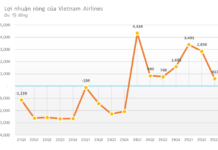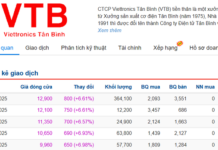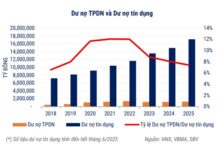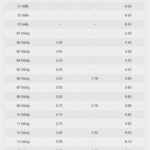According to current labor laws, enterprises are responsible for setting annual leave schedules after consulting with their employees. However, the authorities encourage agreements that are more favorable to employees than general regulations…
Article 113, Clause 4 of the 2019 Labor Code stipulates: Employers shall be responsible for setting the annual leave schedule after consulting with their employees and must inform them in advance. Employees can agree with their employers to take annual leave in multiple periods or lump it into a maximum of three years.

Employees can agree with their employers to take annual leave in multiple periods or lump it into a maximum of three years.
Article 4, Clause 1 of the Labor Code also stipulates: “To ensure the legitimate rights and interests of employees and those who do not have labor relations, agreements that provide employees with more favorable conditions than labor laws shall be encouraged.”
Thus, employers can follow the provisions of Article 4, Clause 1 of the Labor Code to ensure better conditions for employees. According to the Ministry of Labor, Invalids, and Social Affairs, this regulation can be interpreted in several ways:
Method 1: Employees are entitled to 12 days of annual leave, and if they choose to lump it over three years, they will get 36 days of leave at once. This means they can only take a long break and cannot split it into separate periods. If they take separate breaks, it will be considered unpaid leave.
Method 2: Employees have 12 days of annual leave, and the company will determine whether they can lump it over two or three years. However, it can be applied flexibly; for example, if an employee has 12 days of leave in 2023 and has already taken 6 days, the remaining 6 days can be carried over to 2024.
So, in 2024, the employee will have a total of 18 days of annual leave, and they must use all 18 days. They cannot carry them over to 2025. These 18 days can be taken multiple times a year as agreed upon.
Method 3: Employees have 12 days of annual leave, and in 2023, they took 6 days. The remaining 6 days can be used in 2024, but only once (if they take a four-day break, the remaining two days are forfeited). In 2024, if the employee takes another break, they will use the official 12 days of annual leave for that year.
Method 4: Employees are entitled to 12 days of annual leave, and for three years, they will have 36 days. The employee and employer can agree to take these 36 days off at any time.
Is Early Retirement on the Cards for Preschool Teachers?
The proposed Teacher Law features a range of unique policies designed to support teachers. These include competitive allowances, reasonable retirement ages for early childhood educators, and provisions for highly qualified teachers.
Who Will Be Affected by the New Rule Limiting Driving Hours?
The upcoming Road Traffic Safety and Order Act 2024 will bring about a significant change for professional drivers, as their driving hours will be limited. This new regulation aims to improve road safety and ensure drivers are well-rested, but it will undoubtedly present a challenge for those in the industry. With a restricted number of hours behind the wheel, drivers will need to adapt their routines and find new ways to optimize their time on the road. This change will require a shift in mindset and a reevaluation of how they approach their work, impacting their livelihoods and the logistics industry as a whole.
What Are the Circumstances Under Which an Employee Is Not Eligible for Sick Leave?
The new Social Insurance Law of 2024, which comes into effect on July 1st, 2025, outlines four specific scenarios in which employees who are social insurance participants will not be eligible to receive sickness benefits.













































